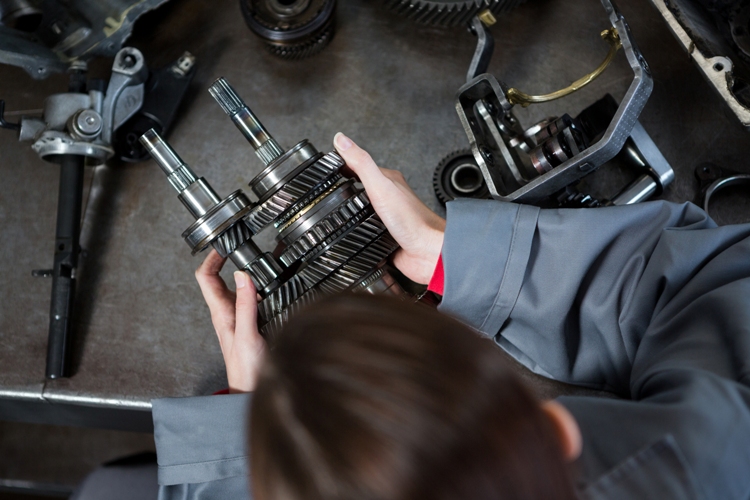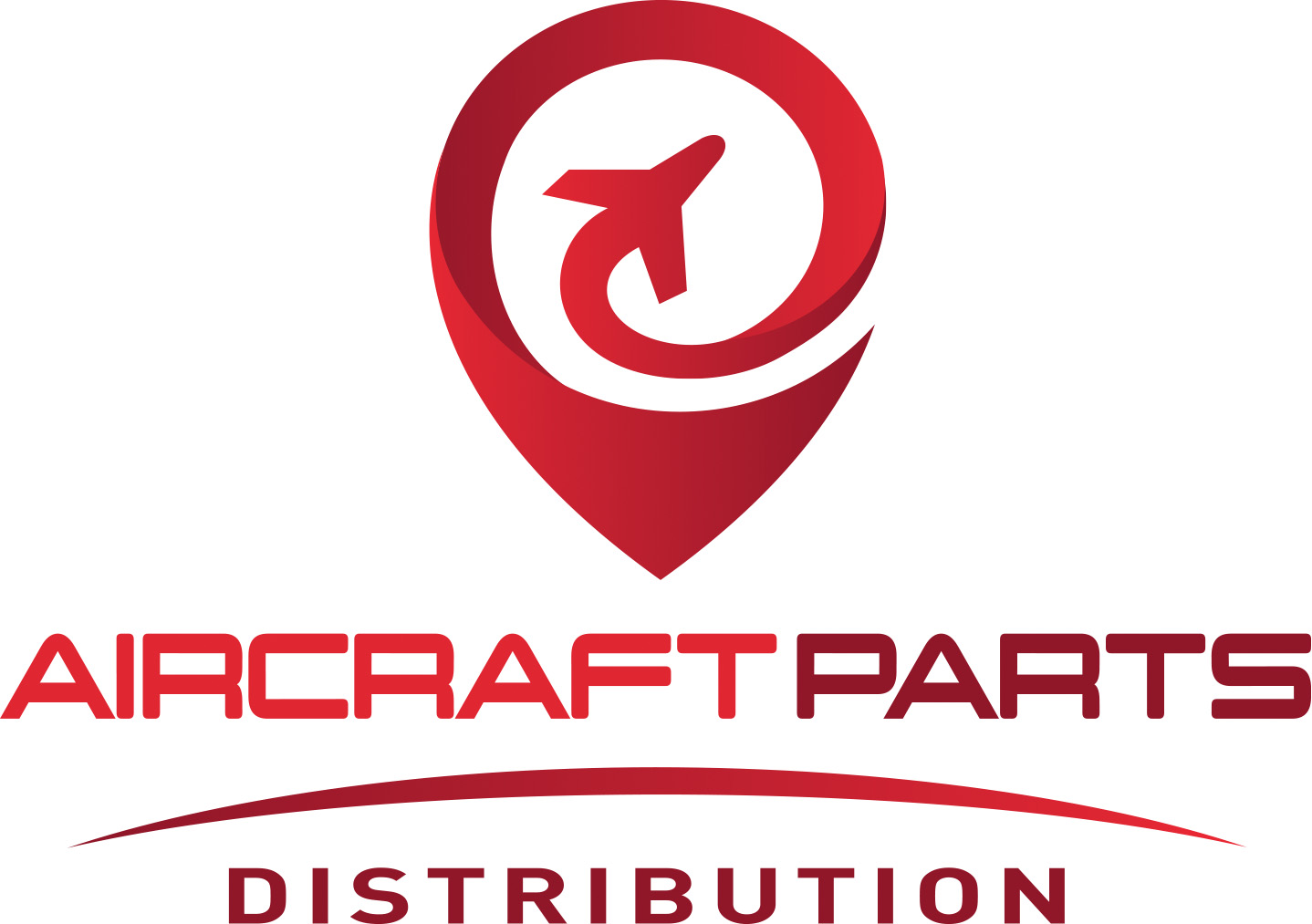

Aircraft exhaust systems operate in extremely hot and corrosive conditions. This is why it is important to conduct thorough inspections and perform regular maintenance to make sure that the exhaust system functions perfectly. It is also crucial to ensure the overall safety of the aircraft. Since the aircraft exhaust system is one of the most critical components of any aircraft, proper inspection and maintenance are crucial to ensure safety, reliability, and functionality. About aircraft component repair, we shall discuss the details of aircraft exhaust system inspection and maintenance. Let us start with the common problems of aircraft exhaust systems.
Here is a checklist of the common problems in the aircraft exhaust system.
With time, the aircraft exhaust parts develop cracks or corrode because of exposure to high temperatures and corrosive exhaust gases.
Leaks occur at the exhaust, tailpipe, or muffler connections. The leaks in the aircraft exhaust system lead to reduced engine performance. It increases fuel consumption and increases the chances of potential carbon monoxide poisoning in the cockpit.
Vibrations during flight might cause the fasteners on the aircraft exhaust parts to loosen or fall off. It will lead to exhaust leaks or damage to the system.
Aircraft mufflers can fail due to corrosion, age, or impact damage, causing reduced engine performance and higher noise levels.
Poor installation of the aircraft exhaust system will lead to exhaust leaks. This will damage the system, reducing engine performance and requiring major aircraft exhaust repairs. It is crucial to have regular inspections and aircraft component repair services to catch any issues early and address them before they become a safety concern.
The first step in inspecting the aircraft’s exhaust system is to conduct a visual inspection. You have to check for signs of damage on the exhaust pipes, mufflers, and tailpipe. Check for cracks, corrosion, or loose connections in all the aircraft exhaust components. Make sure that the aircraft exhaust system is securely mounted to the engine and airframe.
The next step is to perform a leak test. One effective way to detect the leak is to use a shop vacuum, duct tape, and soapy water. Finally, inspect the aircraft exhaust system for signs of exhaust residue. Carbon monoxide is a highly poisonous gas that can be produced by fuel combustion in the engine. Aviation exhaust residue is a sure sign of a problem with the engine, and any issue should be addressed immediately.
Maintenance of the aircraft exhaust system is crucial to ensure it stays in the best condition and operates efficiently. Here are sometimes to maintain the aircraft exhaust system.
When it is about aircraft components repair and maintenance, regular cleaning plays a crucial role. The aircraft exhaust must be cleaned regularly to remove any debris or residue that can accumulate in the system. This can be done using a wire brush or a scrapper to remove any carbon deposits from the aircraft exhaust parts.
Aviation exhaust system parts must be replaced when worn out or damaged. This will include exhaust pipes, tailpipes, and aircraft mufflers.
Aviation exhaust system parts must be lubricated regularly to ensure the moving parts remain in the best condition. Using a high-temperature lubricant is the best option for this purpose.
Proper heat management is essential for the safety and efficient operation of aircraft exhaust components. Make sure that the aircraft exhaust system is insulated to prevent excessive heat from damaging any other components.
Don’t use pencils to mark exhaust components while maintaining because graphite weakens the metal and causes cracks during the heat-up.
During engine runup and magneto checks, you must be careful not to turn on the ignition switch all the way up instead of choosing one magneto. When this happens, the engine starts to die.
As with any other engine and aviation exhaust components, make sure to keep the engine cool.
1618 N Ohio Street
Augusta, KS. 67010
2024 © Aircraft Parts. All Rights Reserved.
Designed By Digital SFTware
